Read the Following Selection
Read the following selection, or click on the play button below to listen aloud.
The Appalachian Region
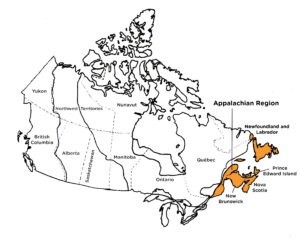
Map of Canada
Location
The Appalachian region includes the provinces of New Brunswick, Nova Scotia, Prince Edward Island, Newfoundland and Labrador, and parts of Québec.
Physical Features
The Appalachian region is part of an ancient low range of mountains that have been worn down by erosion over millions of years. The region is bordered by the Atlantic Ocean and has thousands of kilometres of sea coast. Waves, tides, and swift ocean currents have eroded the cliffs and formed islands, beaches, bays, and protected harbours. The Hopewell Rocks on the Bay of Fundy have some of the highest tides in the world.
Off the shores of the Appalachian region, the ocean floor gradually slopes downward for many kilometres and suddenly drops off into a deep trench. This shallow extension near the land is known as the continental shelf. Those shallower portions of the shelf, which lie southeast of Newfoundland, are called the Grand Banks. The Grand Banks are world-famous fishing grounds. Fertile soils are found in some areas of the plains and valleys of the Appalachian region. The plains and valleys also have some areas that are
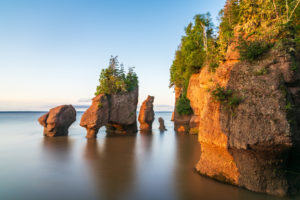
Hopewell Rock
very rocky.
Climate
The climate varies in the Appalachian region. Summers may be cool or warm and rainy. Winters are long and include lots of precipitation. During the winter, the Northumberland Strait freezes between Prince Edward Island and the mainland. Strong windstorms called gales occur often.
Vegetation
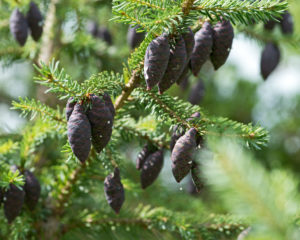
Black spruce
• Coniferous trees such as black spruce, white spruce, and balsam fir grow inland and on the coast of the Appalachian region.
• Trees grow slowly in the Appalachian region due to the rocky soil.
• Hardwood forests of beech, sugar maple, and white birch have been almost completely logged.
Wildlife
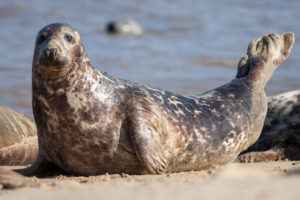
• marine life such as grey seals and harbour seals
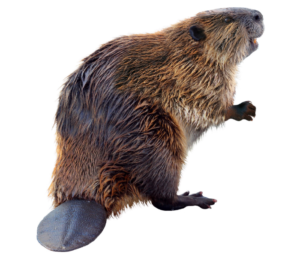
• mammals such as foxes, deer, coyotes, minks, hares, caribou, and beavers
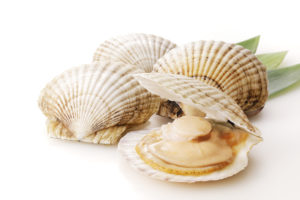
• fish and shellfish such as cod, salmon, and scallops
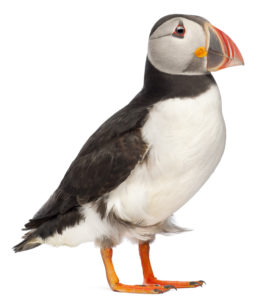
• birds such as puffins, gulls, blue herons, and razorbills
Natural Resources
• oil
• fish
• zinc, lead, potash, salt
• copper and gold
Now, show what you know!
Complete some questions about the reading selection by clicking “Begin Questions” below.









